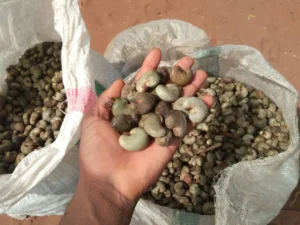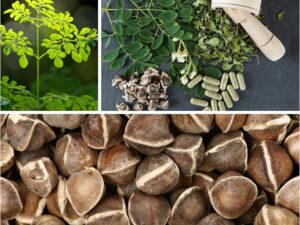Description
Dairy goats can be perfect for the small homesteader who wants a steady producing dairy animal, but perhaps doesn’t have the space or housing available to raise a cow.
Before choosing a dairy goat breed, there are a few things you need to know about dairy goats in general.
Dairy goats must be milked twice a day, 12 hours apart
They must be bred and give birth (usually each year) in order to produce milk
So, before you buy a dairy goat, you must realize that you will have to find a buck each fall and you will have to find a solution to the 1–4 kids being born each spring if you want to keep your girls in milk. Dairy goats also need quality grain or alfalfa, grass hay, minerals, and pasture.
Dairy goat nutrition is especially important because for most of their lives, does are either pregnant or lactating. This requires adequate protein and balanced feed. Goat milk, when tasted raw, is much like cow’s milk in flavor. Goat milk gets its “goaty” flavor from being either aged or heated for pasteurization. This flavor has a slight tang similar to that of Greek yogurt or store-bought goat cheese.
Goat Milk is Healthier than Cow’s Milk
Goat milk is easier to digest due to its smaller protein and fat molecules
It contains less lactose than cow’s milk
It also has about 89% less alpha s1-casein, which is known to cause milk allergies
Goat Milk Health Benefits Compared to Cow’s Milk:
13% more calcium
25% more vitamin B6
47% more vitamin A
And 134% more potassium than cow’s milk
Butterfat
Butterfat is what gives goat milk its sweet flavor. It also makes the milk richer, results in more decadent cream and allows you to make more butter per gallon.
Goat milk is naturally homogenized, which means the butterfat is emulsified into the milk and will not rise to the top as easily as in cow’s milk. In order to “harvest” your goat cream to make butter, etc., you will need a milk separator. This is a machine that uses centrifugal force to whip the fat-laden cream away from the skim milk.
Each breed is known to have an “average” butterfat content (see below). Breeds whose milk contains a higher amount of butterfat tend to give less of it. Knowing this can help you to choose which breed is best for your purposes.






Reviews
There are no reviews yet.